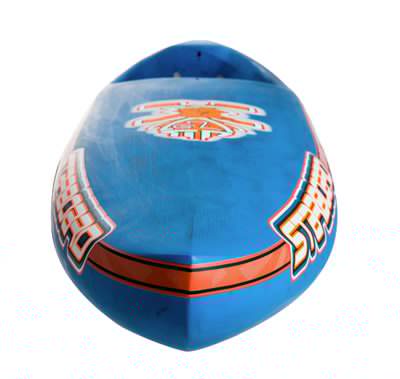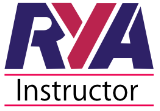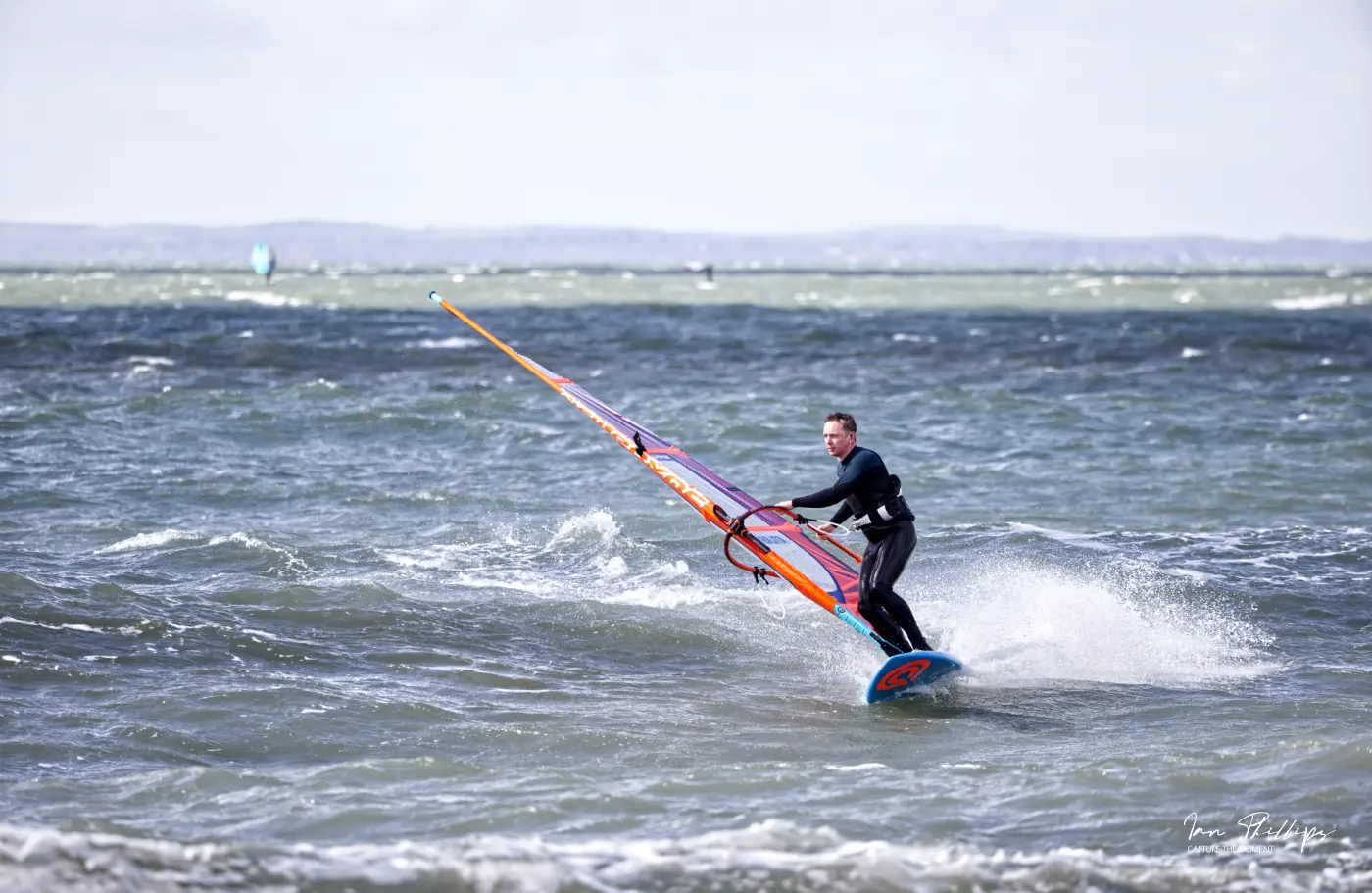Huge question this – what makes a great downwind sup board?
There are so many variables and possibilities to this question and I don’t believe that one board is better than the other, but having ridden many of them I think it is worth putting my thoughts down.
If we first break things down into 2 specific board shapes that will help people recognise what I am talking about.
The Race Board – Starboard Ace
The Starboard Ace has features more likened to a race board. Very soft rails running from the nose back, a fuller nose volume, super thing tail and a flat underside.
The Jimmy Lewis M14
The Jimmy Lewis M14 downwind sup board is more akin to a classic gun surfboard that has been stretched out. Sharper rails from front to back, a constant rocker line and thinner nose to aid in surfing, with a round/pintail to help with steering.
As I said before, I have ridden lots of boards and this little blog is not specifically focused on these 2 boards, it is just using them as examples.
Catching bumps:
This is ultimately what downwind paddling is all about but it doesn’t have to be open ocean and howling winds. Often we will run downwind clinics and do our own stuff in winds as low as F2 with tiny, barely notable ripples.
The art to catching bumps is something we talk about in our other blogs so we’ll stay on track here and discuss how a downwind sup board helps with this.
Using our 2 shapes above we’ll look at the Starboard Ace first. The board overall is faster through the water with the bow shape peeling open the water as it travels forward. Also having a flatter rocker line can increase speed in smaller waves as you don’t have a belly of the board creating resistance.
Compare this to the M14 that has a large flat facing area pushing into the water, until it projects itself up onto the plane. The rocker line being a bit more also creates a drag effect in very small waves, but at the same time this rocker line means you don’t bury the nose and easily paddle out without diving.
Stability:
Round rails such as those found on the Starboard Ace do not hold the board down to the water as well as sharper rails found on the M14 downwind sup board. This can have a big effect on overall board stability.
The M14 has a nice constant plan shape that doesn’t suddenly narrow at the nose or tail so you find stability when you are both in normal paddle stance and when stepping back further to get the nose up.
The Ace has a very narrow tail and I found this more tricky paired with the round rails unless the board was really motoring along.
The whole thing about stability is also reliant on the paddler so this needs to be a personal choice more than something someone writes.
Continued glide:
Once you are on a bump how easy is it to keep going? I have to say that the race bow on the Starboard Ace made speed and therefore glide a no brainer as it has little drag or resistance compared to the M14, but when the waves and swell got over a couple of foot then both board started to perform in a similar way.
With any board that has more rolly feel such as a round rail race board you are always on your game to keep control of the tip and lean of the board, but with the M14 with sharper rails once you are on the plane it is solid as a rock and you have to really direct it.
Steering:
The M14 downwind sup board is a no brainer as it rides like a surfboard and you bury a rail to direct the board and can increase lean with the use of your paddle. Even when you do drop off the back of a bump the board can easily be steered with inverse rail pressure and doesn’t aggressively try to drop you.
I did find the Ace downwind sup board a bit more tricky, but bear in mind it is a bit more rolly and so this takes time to dial into. Steering and tracking was very positive and really helped with a good size fin keep you directed.
Fins
This is super important when using a downwind sup board and is totally dependent on board shape and rider skill. I personally prefer a slightly bigger fin as this really helps in our messy UK conditions where we are often travelling in multidirectional waves. If it was a simple case of gliding a bump in then a smaller fin is easy to use but I find they tend to let the grip go when you start being bumped left and right by cross waves.
Ease of use:
Again this is a personal choice. I really like to feel comfortable when I am out at sea and don’t want to fight or put too much effort into just standing especially in rougher water. At the same time I love the feel of a more continued glide and faster projection on to waves.
Summary:
As I said this isn’t a blog that looks to critique either downwind sup board as both have pros and cons. I have my favourite and you’ll have yours.
Best thing to do is get out there when it is rough, windy and messy. Get yourself tuned in and used to handling rough water. Then start worrying about what downwind sup board you ride and how you can improve your own experience.
One tip is to get an Indo Board. We use the Indo Board to improve balance and footwork around the board which is a massive help in controlling your downwind sup board.







